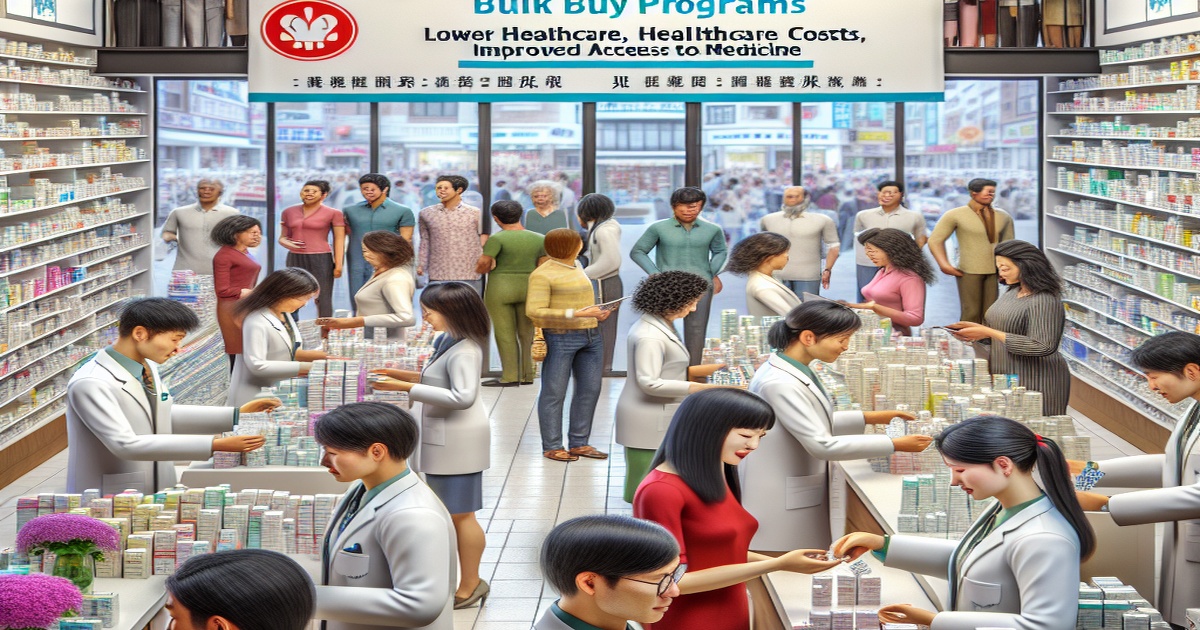According to the National Healthcare Security Administration, China has introduced a series of bulk-buy programs aimed at reducing healthcare costs for patients. Beginning in 2018, the central procurement initiatives have required pharmaceutical companies to lower their prices and competitively bid for contracts with public hospitals, encompassing a total of nine rounds focused on medicines and four on high-value medical consumables.
The impact of these procurement programs is notable, as they have covered 374 drug types, achieving average price decreases exceeding 50%. Various medical supplies have also seen significant price reductions, including critical items like heart stents, artificial joints, intraocular lenses, and orthopedic products. Yan Qinghui, the administration's deputy director, highlighted the successful financial relief provided to patients, citing specific examples where antiviral medications for hepatitis B have seen annual costs decrease from 4,000 to 5,000 yuan to just 100 to 200 yuan.
Additionally, the affordability of insulin has risen, with the usage of more advanced third-generation versions increasing from 58% to over 70% due to the price cuts. Yan pointed out that the bulk-buy program not only alleviates patient expenses but also fosters the pharmaceutical sector's growth and quality. Previously, the focus of pharmaceutical companies leaned toward marketing rather than innovation and quality, but the emergence of a transparent procurement platform is allowing superior products to enter the market more easily.
The price reductions for coronary stents and other medicines stem from lowered distribution costs, which minimally affect drug manufacturers' profits. This situation permits companies to reallocate their savings towards innovation, thereby enhancing product quality and expanding production capabilities.
The bulk-buy initiative also helps reinforce public welfare within hospitals while ensuring that legitimate income for medical personnel rises. By eliminating gray profit chains connected to drug distribution and fostering standardized prescription practices among healthcare professionals, the program aligns with better healthcare protocols, as evidenced by the reduced use of antibiotics from 2018 to 2022.
Furthermore, the administration plans to allocate a portion of the insurance funds saved from these centralized purchases back to medical institutions to help boost staff income. Some areas have begun experimenting with reforming pharmaceutical service fees to more accurately reflect the contributions of healthcare providers.
Looking ahead, Yan announced intentions for more bulk-buy initiatives, including upcoming plans to incorporate cochlear implants into future rounds. Local governments will also receive guidance to collaborate on bulk purchasing of traditional Chinese medicine products, Chinese herbal ingredients, and in vitro diagnostic reagents, further expanding access and affordability in healthcare.







6 Comments
Rotfront
This program demonstrates the positive impact of collaborative efforts between government, industry, and healthcare professionals. This is crucial for achieving lasting improvements.
Matzomaster
This program is a model for other countries struggling with high healthcare costs. China's experience can benefit healthcare systems around the world.
Karamba
Lowering prices doesn't guarantee quality. Are these cheaper drugs still effective? Are they safe? We need transparency on testing and production.
Matzomaster
Cutting costs might hurt innovation. Pharmaceutical companies need profit to fund research and development. This could lead to stagnation in new treatments.
Karamba
The article doesn't mention potential side effects of this program. This could lead to unintended consequences like shortages or black market activity.
Katchuka
The focus on cost reduction might neglect the importance of prevention and overall health education. Are there plans to invest in public health initiatives alongside this program?